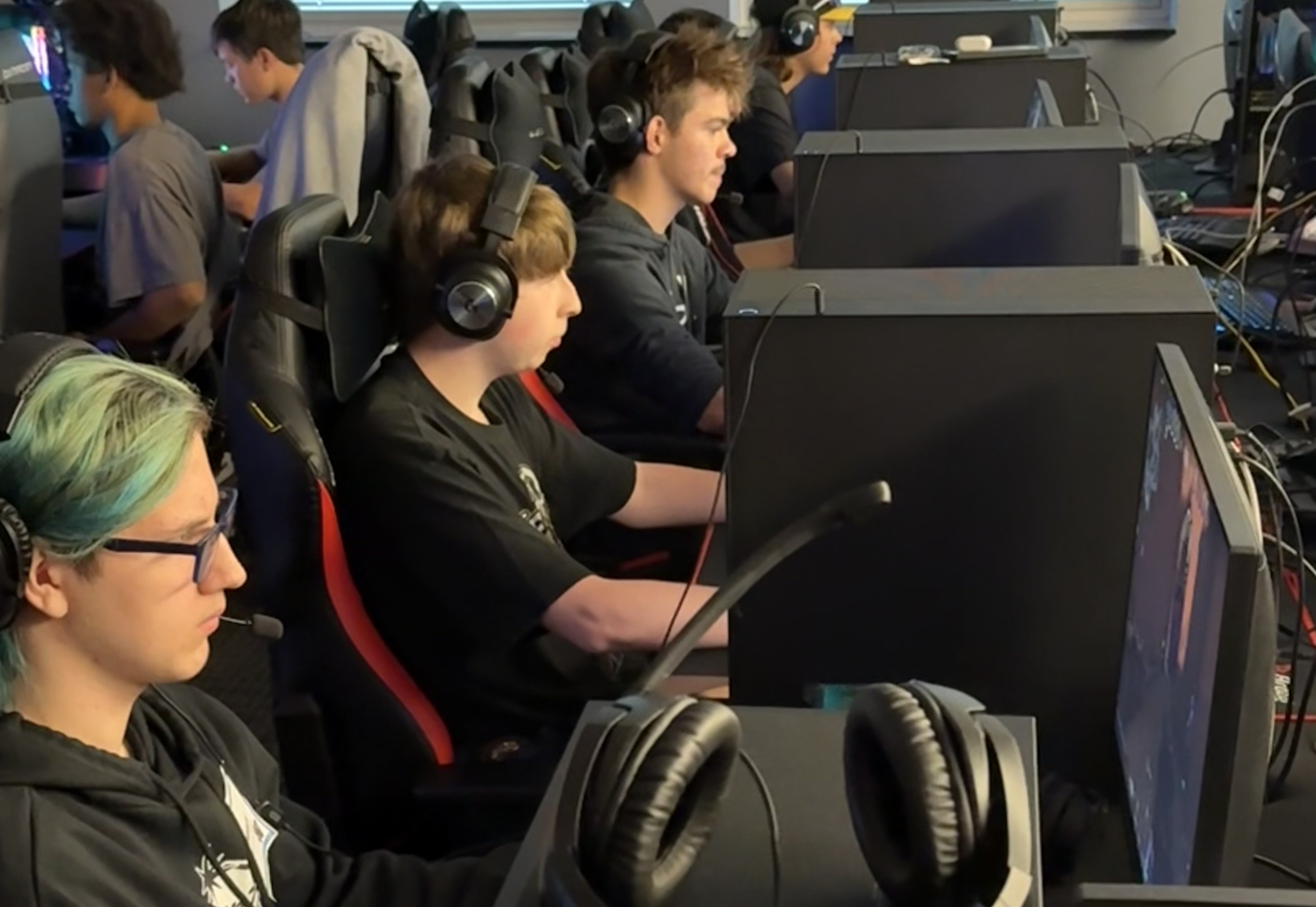Midjourney: How to Use It to Teach
Midjourney lets you create images using AI to set kids' imaginations free.
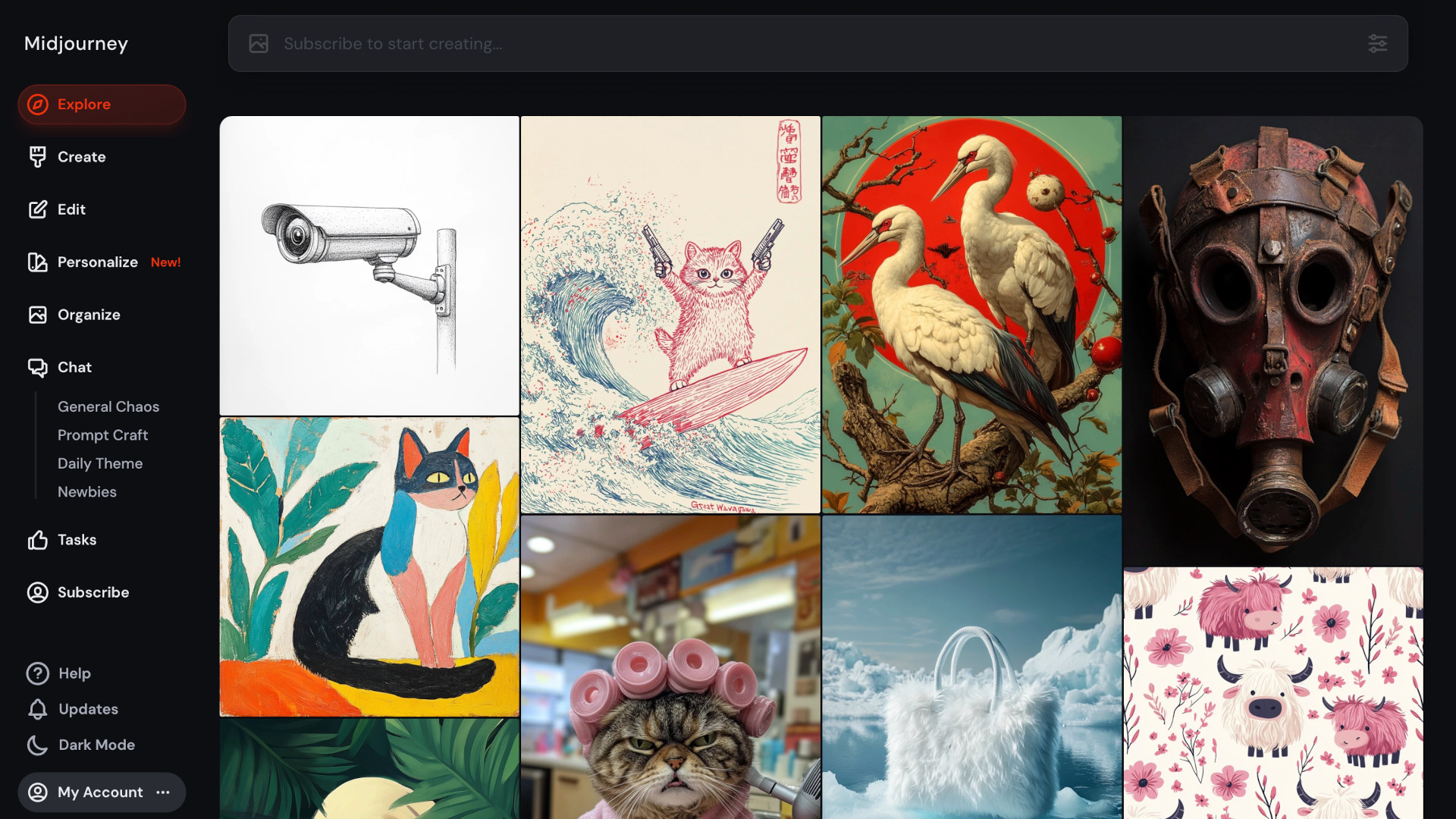
Midjourney AI is an image generator that uses artificial intelligence to create visuals based on text inputs. That makes this a very powerful tool for use in education.
As AI tools go, this is a cutting-edge example that is used worldwide by an ever-growing community. Since it once was only hosted on Discord and required some technical skill to get using, it hasn't been widely used in education. But the new version on a website represents a goldmine of possibilities for those teachers willing to get involved.
Of course, this being an open system, it should be embarked upon with plenty of caution and with limitations in mind for students. However, use this safely and it can be a super powerful way to create visuals from descriptions alone.
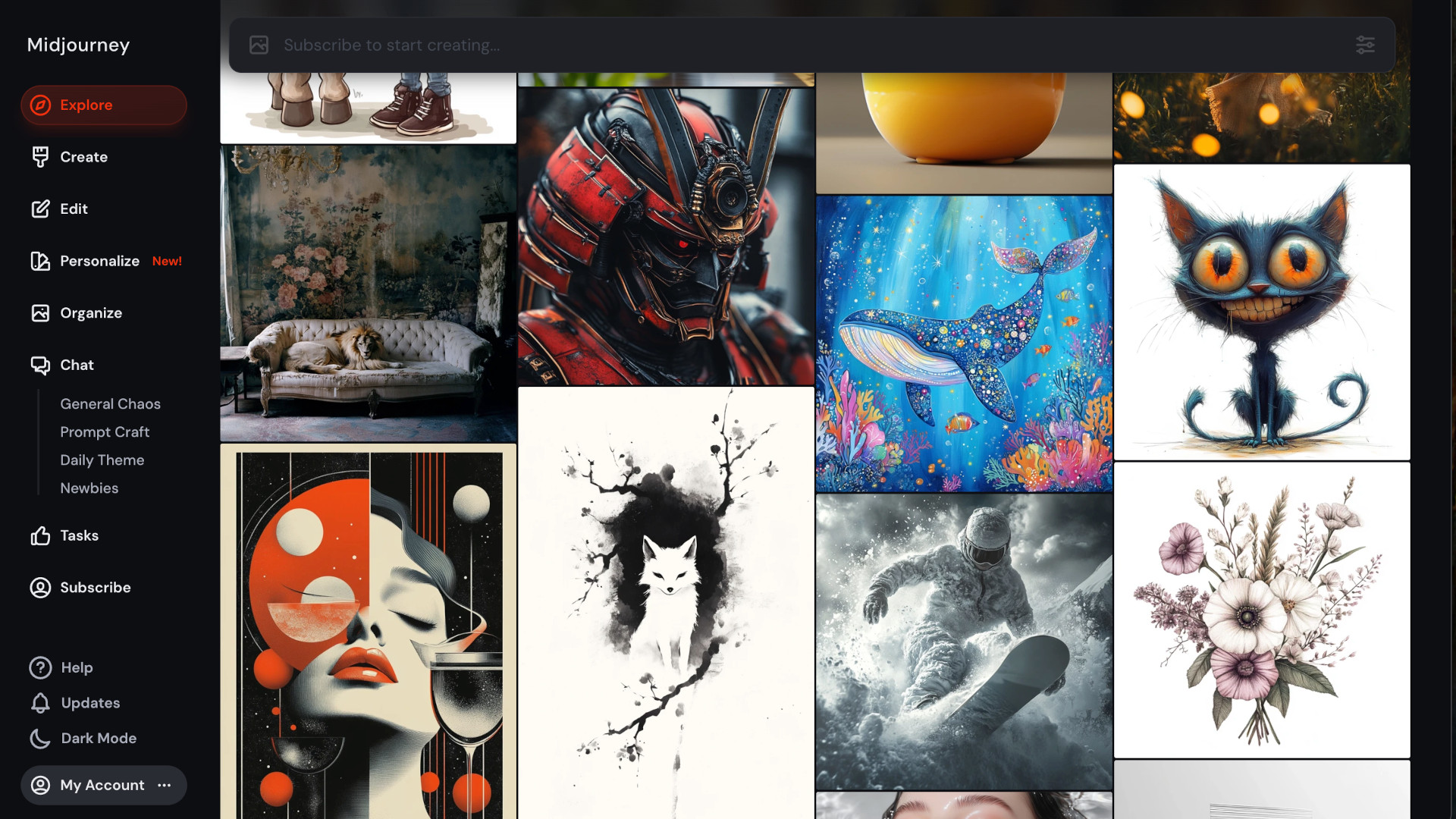
What is Midjourney?
Midjourney AI is an image generator that uses text input to guide the visual outputs of this artistic artificial intelligence. The catch was that this was a bit like the early days of the internet, as the company openly describes itself. That meant you could only access it through command code requests inside Discord. Now it's far easier with the site on its own page and with click-command options.
All that means you will not need to learn the commands to get images generated, although you can as this is pretty straightforward and there is lots of guidance online -- and you get more detailed control. The end result are images that can be really impressive and are only limited by the prompts provided and the imagination of the user.
For teachers and students this represents a place where totally original images can be generated to be used for any purpose. From creating characters for a story to scientific images to go with a presentation, the options are pretty much limitless.
How does Midjourney work?
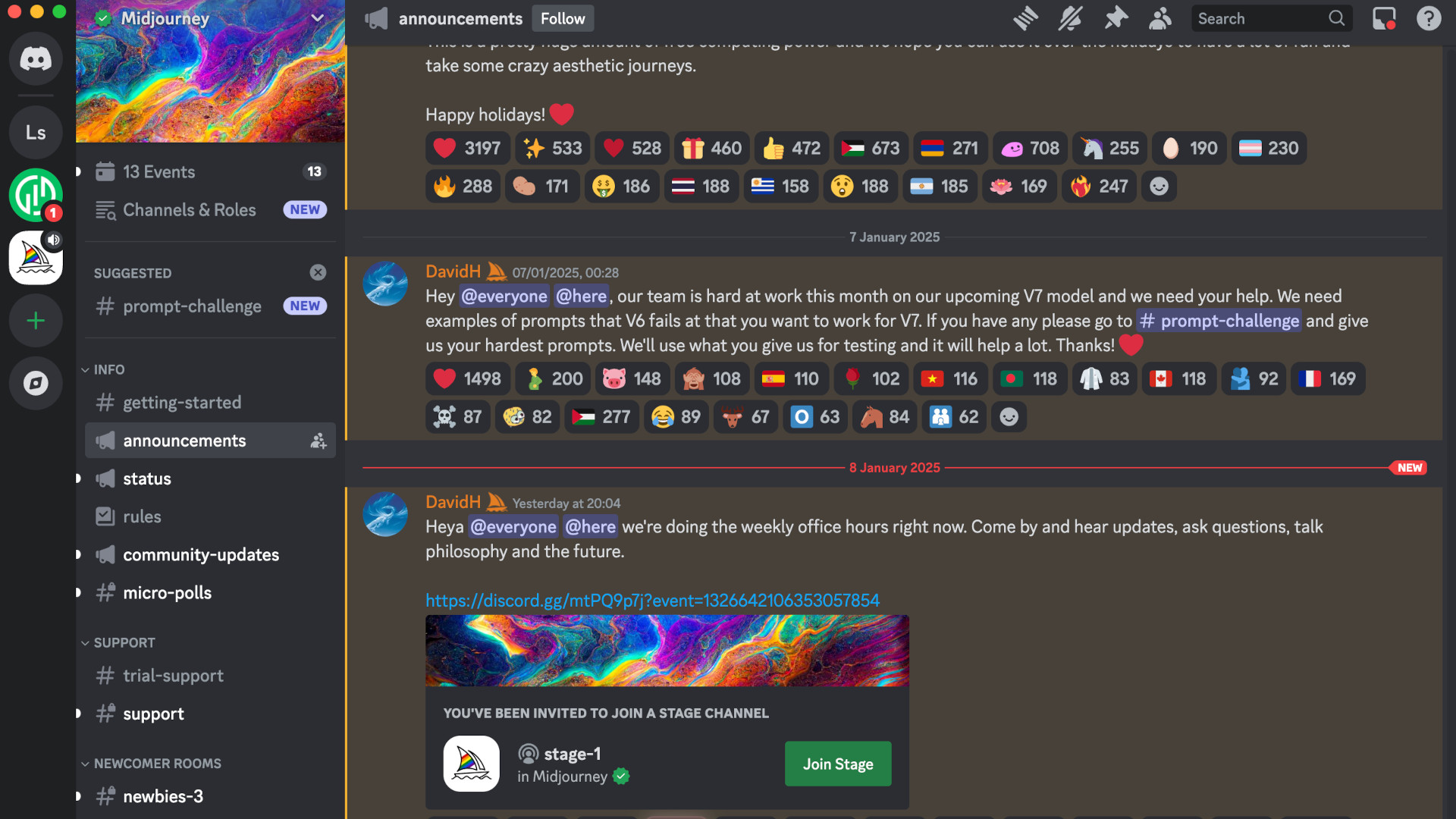
Midjourney was a bit tricky to get into initially as you needed to know which command lines to enter in order to request image generation. That's now changed to become far more accessible with options to click and select. You used to have to work through Discord but that is now also optional, making it far easier to use than it previously was.
Tools and ideas to transform education. Sign up below.
To summarize that process -- although an official quick start guide can be found here -- you need to head to the Midjourney site first. Subscribe to a plan, then use the Imagine Bar (at the top) to request image generation requirements.
You are then able to vary the outputs, set default parameters, change stylization, and even the speed of image return -- saving you on credits or spending more, as needed. You can also choose Stealth Mode now, to keep images private, which previously wasn't an option.
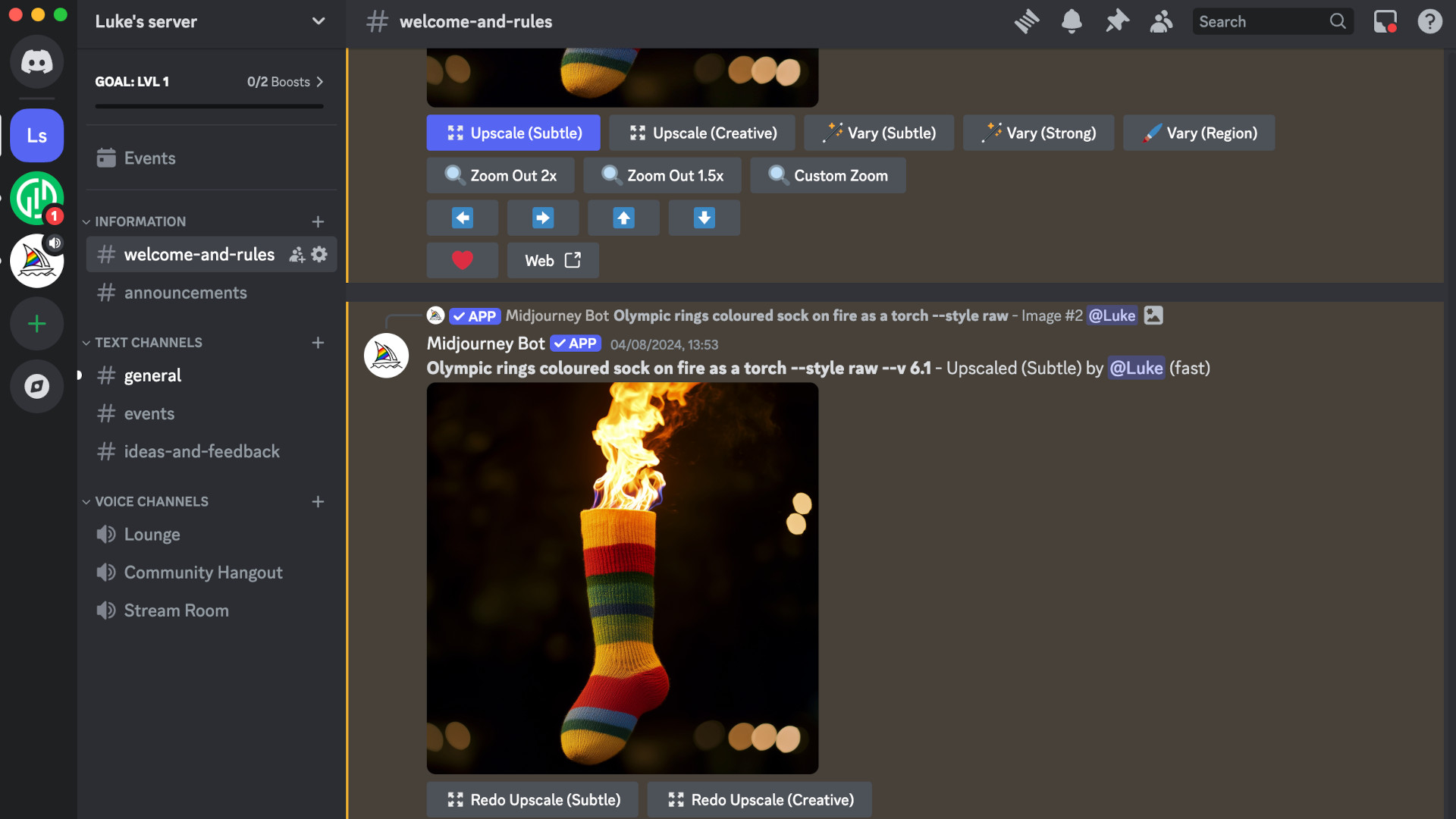
What are the best Midjourney features?
Midjourney is now easier than ever to use with simple search bar options and lots of variations to fine tune your results. So you can output something that is hopefully close to what you want and then continue tweaking until the AI has it exactly as you'd imagined, or perhaps even better. It's a very creative process.
Since this gives you a selection of variations on your original request, you may find you discover images that are better than you had imaged, allowing you to be more creative than you might have been using your imagination alone.
Now that this can be accessed via a dedicated site, rather than only via Discord, it makes the system far more private and closed, resulting in greater safety for student use.
Since this is command-based, it takes practice to learn how to ask for what you want, and over time, this prompt process can be improved for more accurate results first time. This in itself is a useful learning process, in which students can master how to effectively prompt the AI to get what they need.
How much does Midjourney cost?
Midjourney works on a subscription basis only with no free options, so you'll need to sign up to get using this right from the start. Four subscription tiers are available, and you can pay monthly or, for a 20% discount, pay annually.
The Basic plan, at $10 monthly or $96 annually ($8/month), gets you 3.3 hours/month of fast GPU time, 3 max concurrent jobs and 10 in the queue.
Go Standard at $30 monthly or $288 annually ($24/month), and you get 15 hours/ month of fast GPU time and unlimited relax GPU time.
The Pro plan, at $60 monthly or $576 annually ($48/month) gets you 30 hours/month of fast GPU time, 12 fast jobs concurrently, 3 relaxed jobs and 10 queued jobs.
At the top end is the Mega plan at $120 monthly or $1,152 annually ($96/month), that gives you the above plus 60 hours/month fast GPU time.
Midjourney best tips and tricks
Start together
Take the class through how to use the site to generate images and make it fun so they want to learn more about the system.
Set tasks
Apply image generation tasks to work you set, so they can compliment it with original images made by perfecting AI interactions.
Save outputs
These are original images and owned by you so be sure to save them in case you wish to use them in future as part of your style.
Luke Edwards is a freelance writer and editor with more than two decades of experience covering tech, science, and health. He writes for many publications covering health tech, software and apps, digital teaching tools, VPNs, TV, audio, smart home, antivirus, broadband, smartphones, cars and much more.

